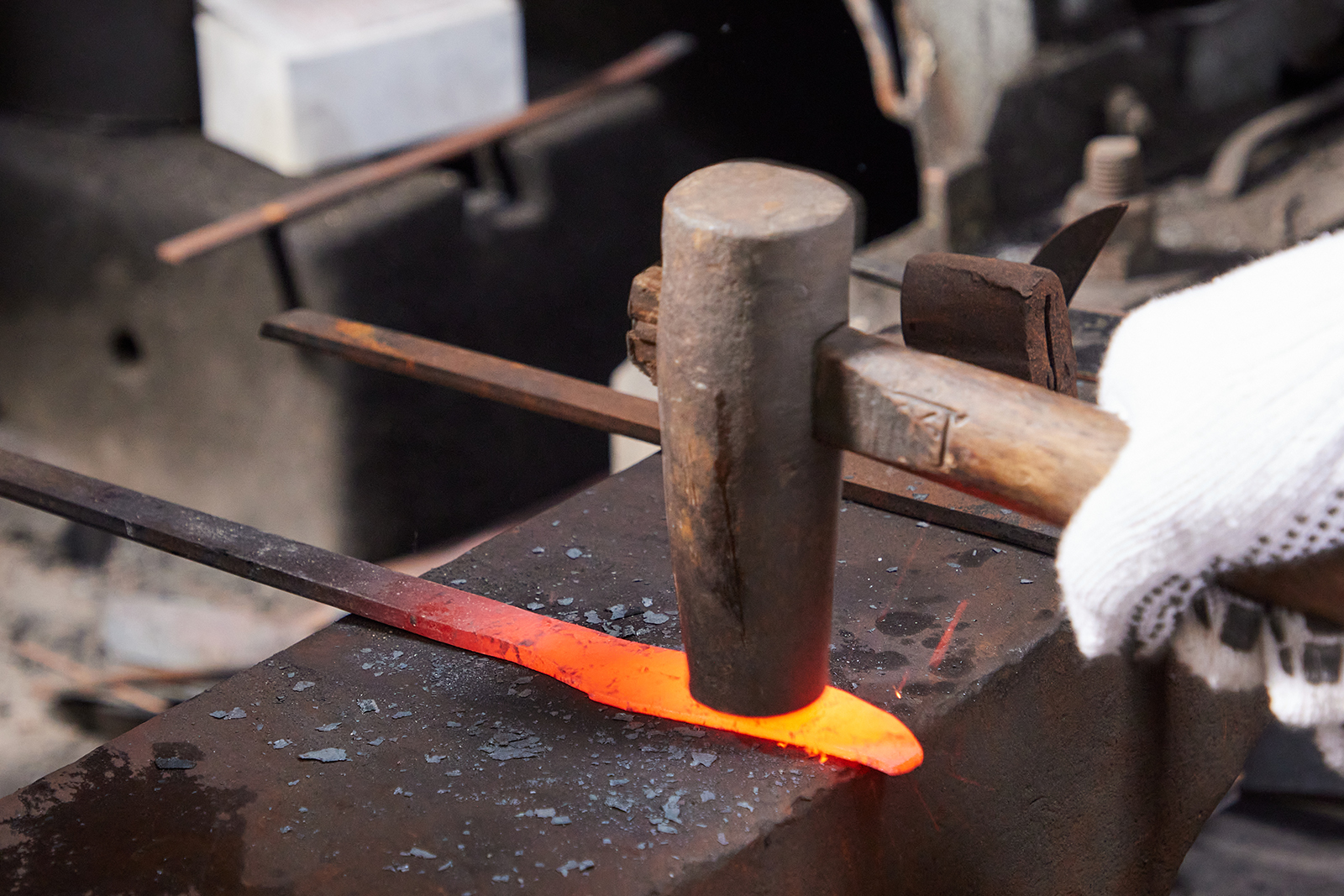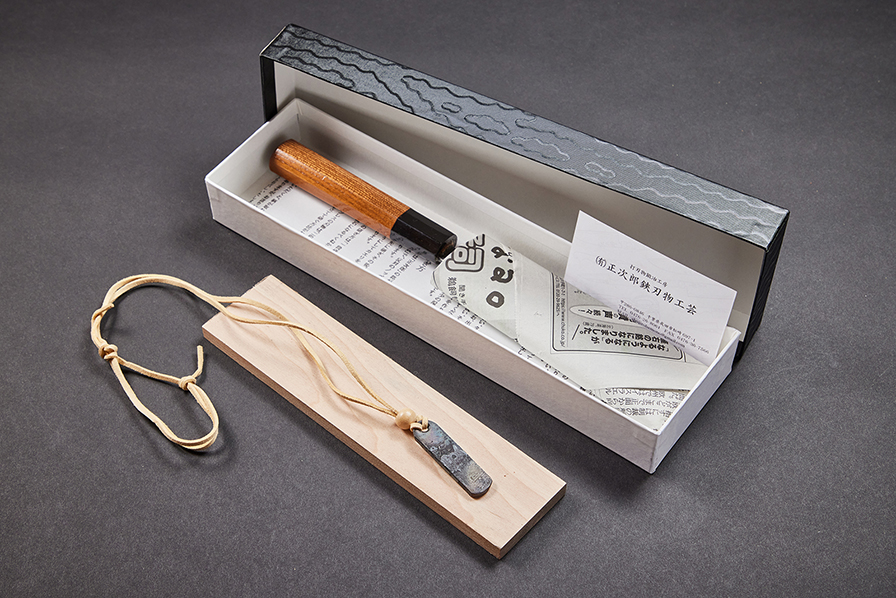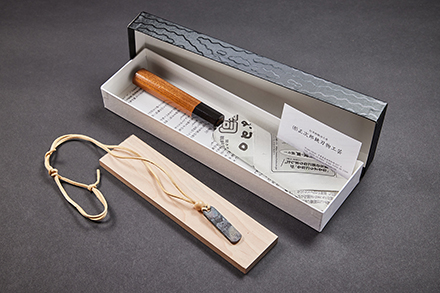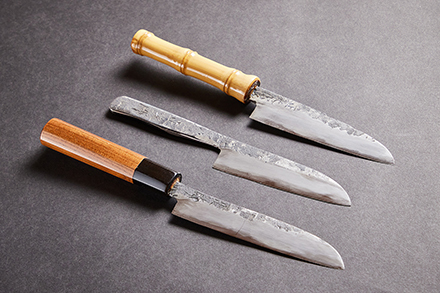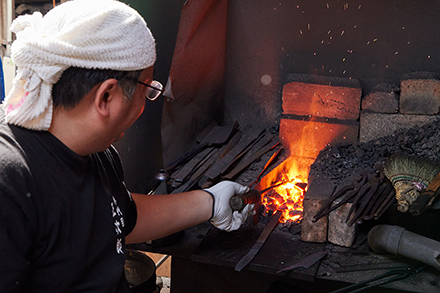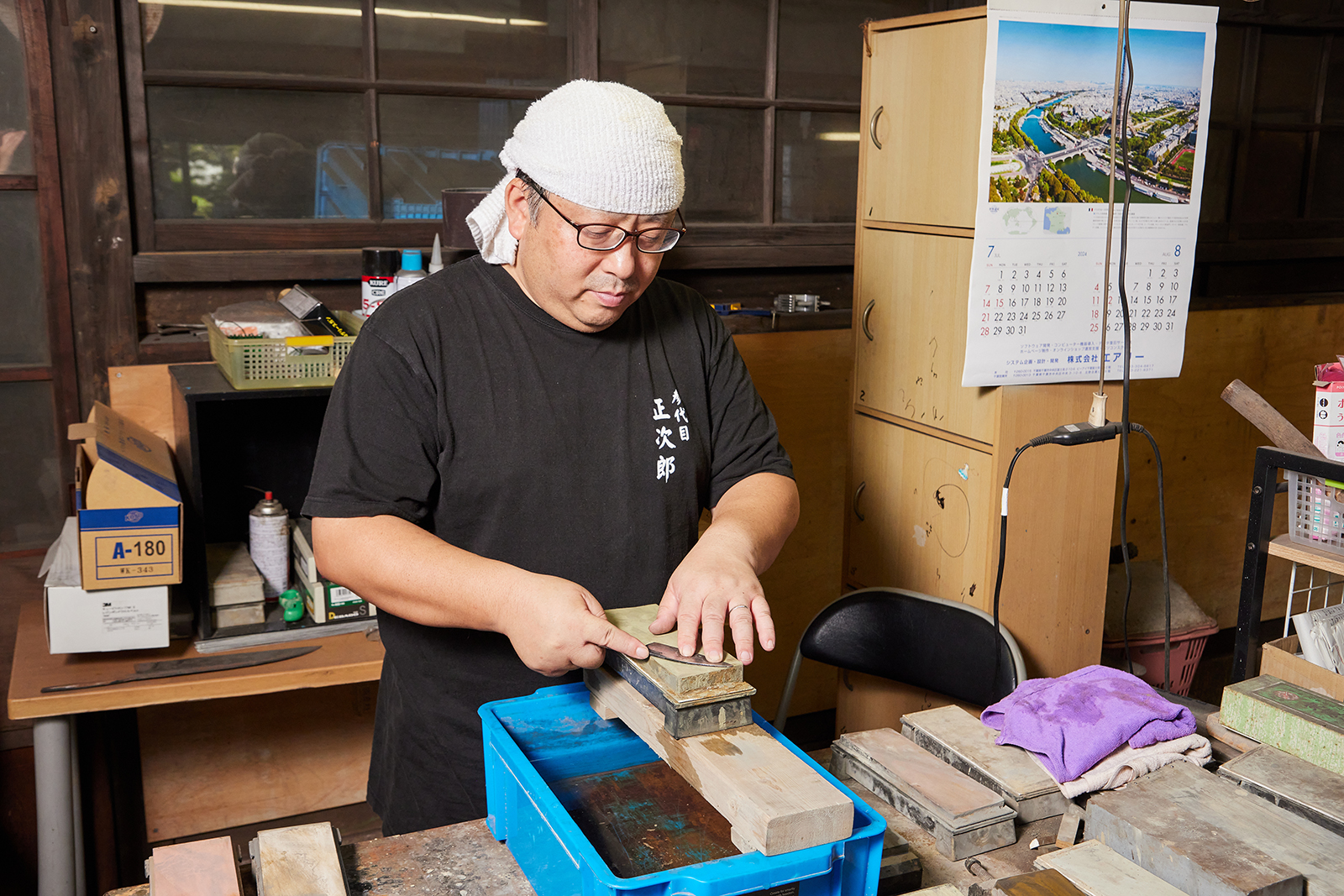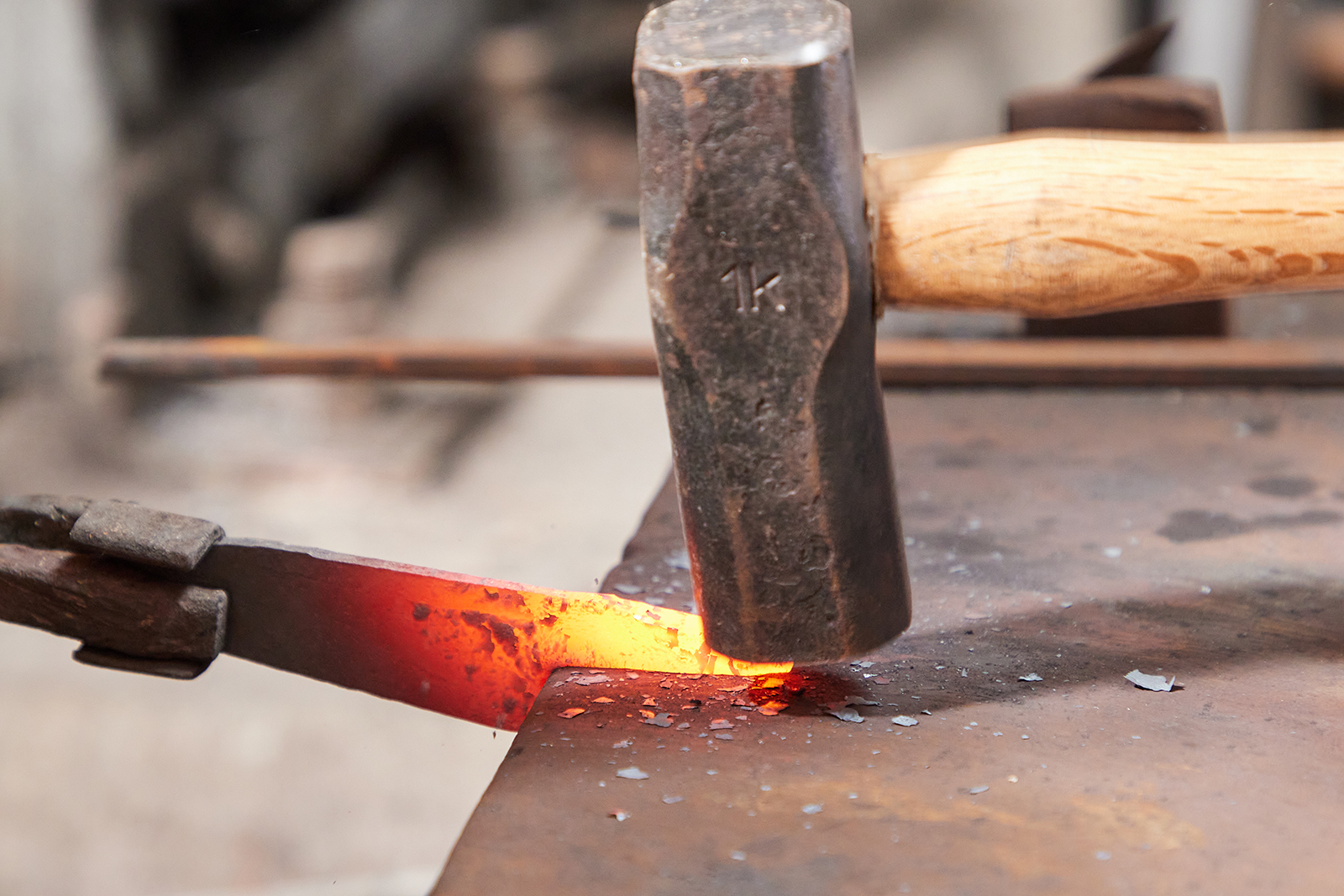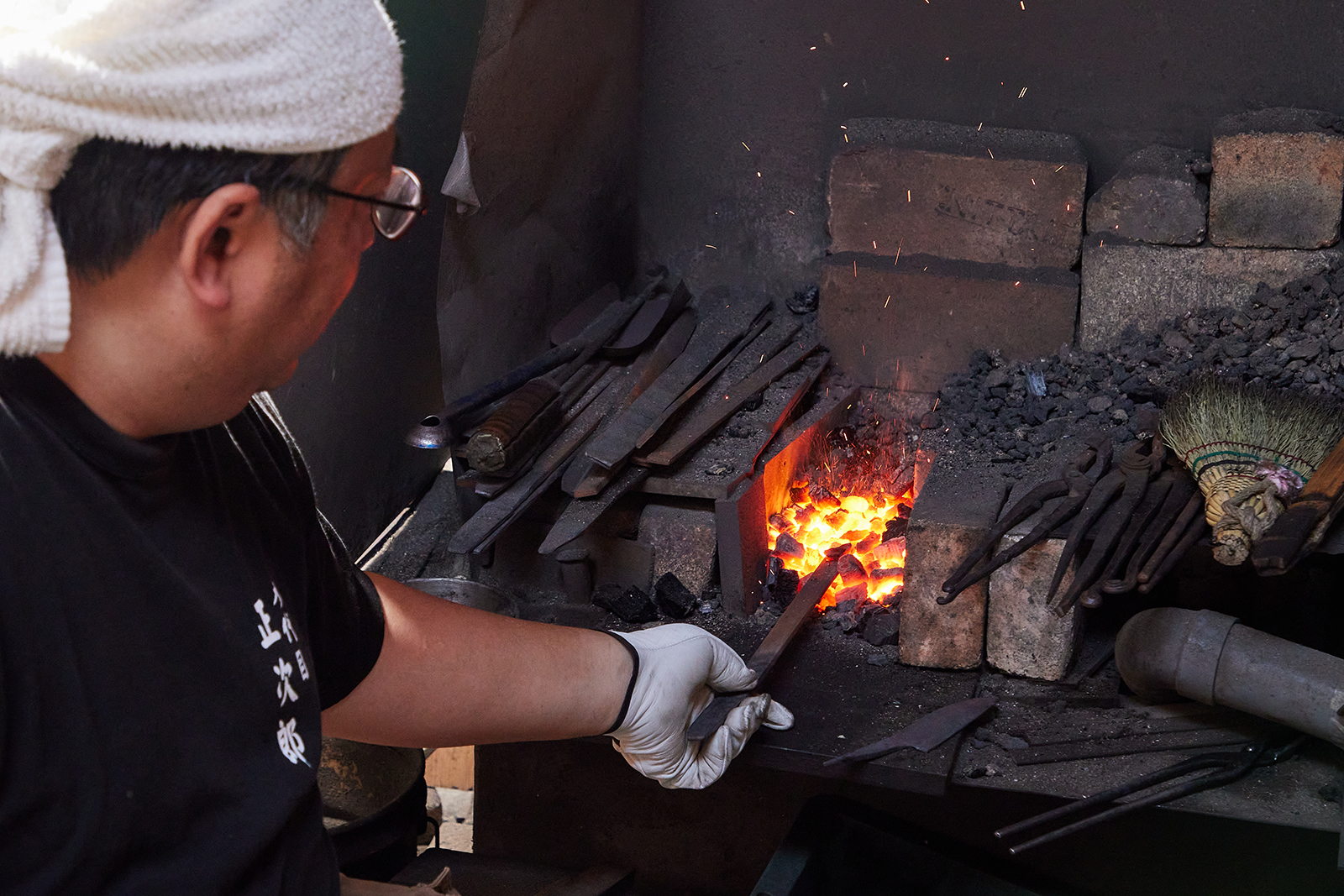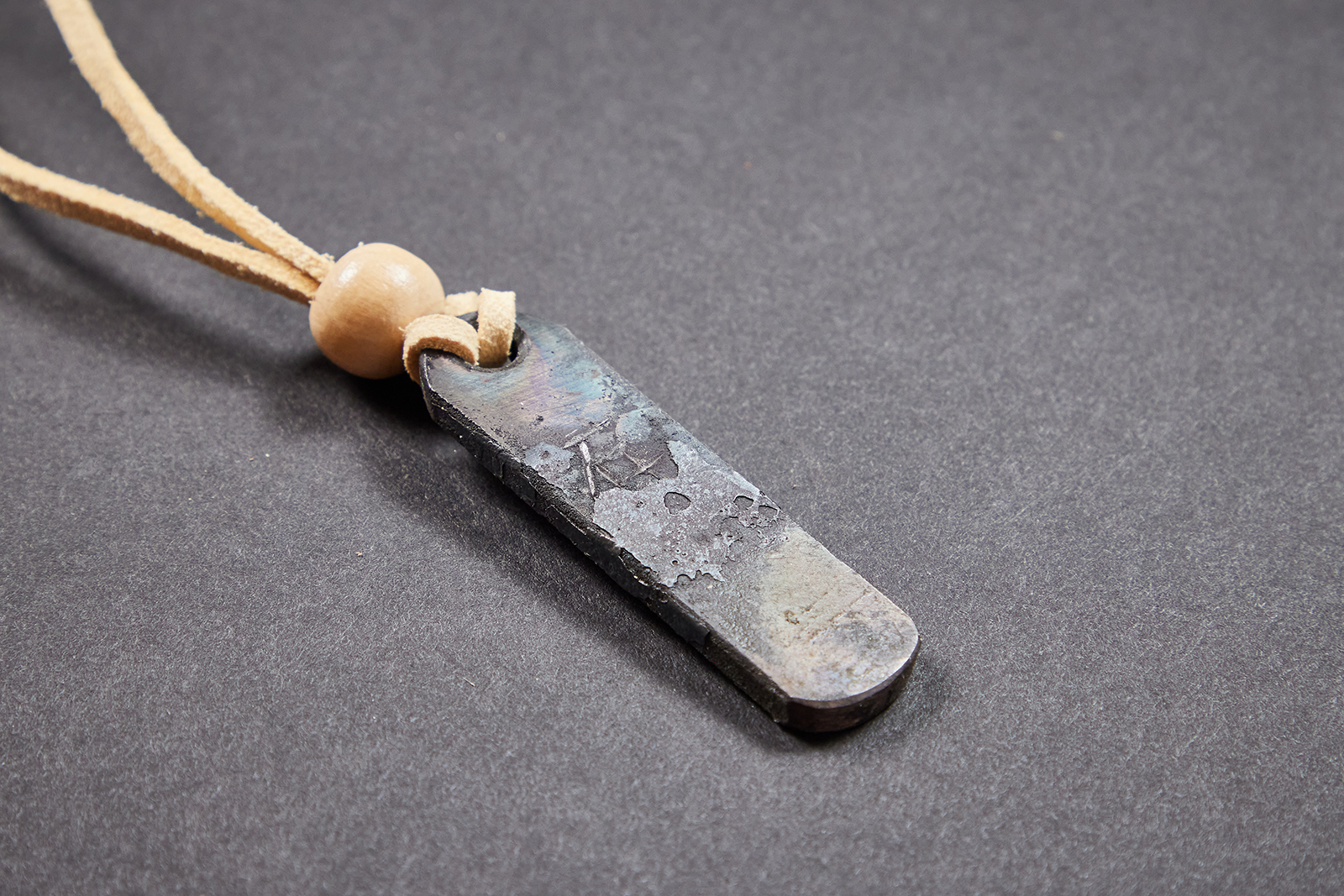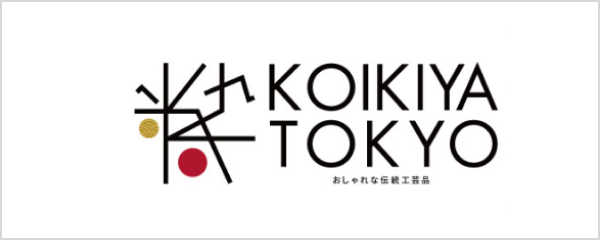The bladesmith technique, passed down unbroken through generations from the era of swordsmiths
Blades are a part of every aspect of Japanese life. Kitchen knives used in cooking, shears essential for sewing, and scythes and hatchets indispensable in agriculture. Smithing techniques developed as methods for pounding swords in ages past have been passed down in an unbroken line to create the kinds of blades that support the lifestyles of people today.
The roots of techniques passed down through Shojiro Hasami Hamono Kougei trace themselves back to Yajuro Yoshida, the originator of Rasha Cutting Scissors (dressmaking scissors). Yoshida, who was the apprentice of a swordsmith started creating the unique Japanese rasha cutting scissors as a result of the Sword Abolishment Edict, which prohibited most people from carrying swords. Japanese people improved on the difficult to use Western Rasha Cutting Scissors and popularized them throughout Japan instantly.
Chotaro Shodai, the great-grandfather of the current master and sixth generational Shojiro, studied under Yoshida. Techniques originating in the flow of swordsmith tradition have passed through grandfather Shojiro Shodai and father and fifth family head Shojiro on their journey to the present day along with the name Shojiro.
Petty knife crafting activity through the traditional Souhizukuri forging technique
In this activity, participants can experience petty knife crafting through the traditional souhizukuri technique (total fire method). First, a steel rod heated to the appropriate temperature for shaping is struck with a hammer and flattened out to the thinness of a blade. The temperature of this steel heated to a golden color is about 1,000 degrees Celsius. Put your strength into pounding down with the hammer, and, slowly watch the blade form right before your eyes.
The material used to make petty knifes in this activity is a precious metal called Yasuki Hagane steel. It is a tough steel that is perfect for blades. In particular, the type referred to as shirokami (white paper) is reborn into a sharp cutting edge when handled by a skilled craftsperson. It is not a steel that is easy to handle, but through the instruction of the sixth generational Shojiro, you can craft a knife with a fine cutting edge through your own handwork.
Experience wonder and joy with every downward swing of the hammer
One reason the cutting edges of Japanese blades are so sharp is the high level purity of the steel that is used. During the repeated process of heating and pounding the metal, a blackened oxide film develops on the exterior of the blade. The surface that emerges through repeated heating, pounding, and scraping away is a beautiful steel surface only attainable through highly pure steel. The shine that is visible on the metal surface is proof that your unique, one-of-a-kind petty knife is nearing completion.
After swinging the heavy hammer downward over and over, just about the time your arm gets too tired to lift it back up, the form of the blade should start to emerge. For the final finishing steps, rely on a skilled smithing artisan, and wait for your beautiful knife to be completed. It will arrive at your home it about two months. Enjoy waiting for the day when a treasure inscribed with text reflecting your hopes and dreams arrives.
Every time you look at the knife, you will remember this once-in-a-lifetime experience you spent facing off against steel
After the activity is over, you can select between two additional options. It might be nice to receive a lecture on polishing your knife from a pro. Or, receiving a tag-style Yasuki Hagane steel accessory only available here could be fun. Enjoy looking at the knife that arrives to your home, while remembering this valuable experience of facing off against steel.
Launched in Narita City, Chiba Prefecture, in 1967. Drawing on Rasha Cutting Scissors techniques, they continue making blades with the souhizukuri technique, in which the blade is formed by striking heated iron with a hammer. Their sharp blades crated from techniques that share the same origin and methods as Japanese sword crafting garner high praise both within Japan and internationally, and their works have been selected as one of the Chiba Prefecture designated traditional craft works.

